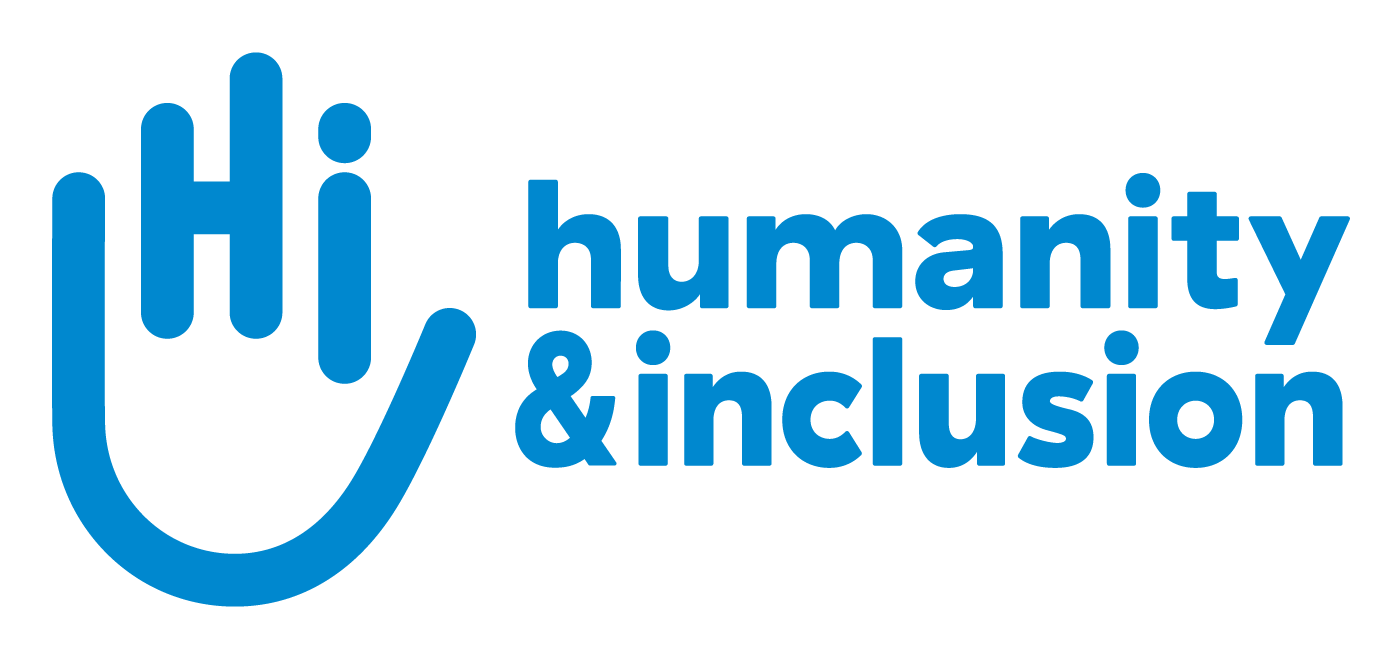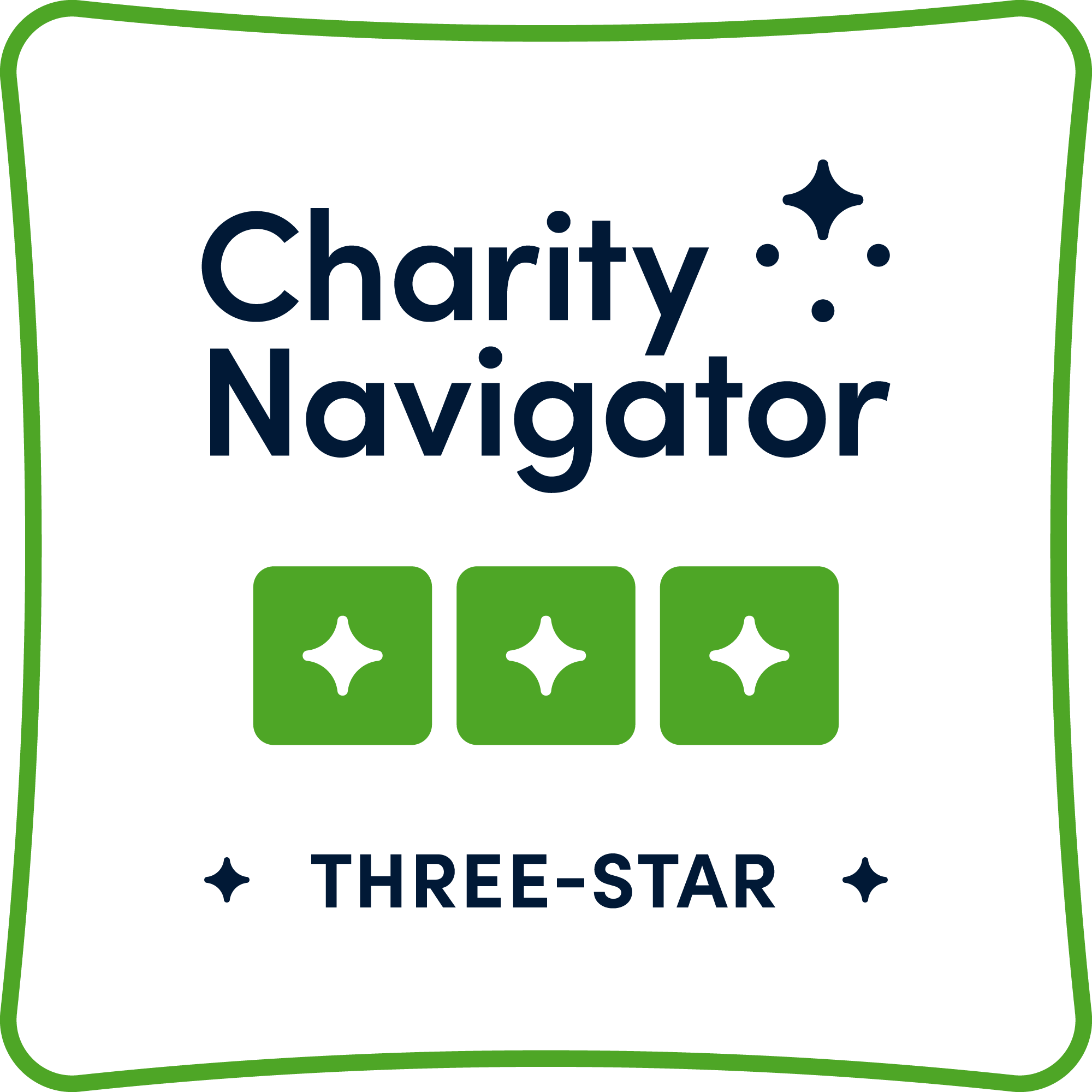Chad
Chad has over 17 million inhabitants, almost half of whom will be living below the national poverty line, according to the World Bank in 2023. Given the established correlation between poverty and disability, people with disabilities are over-represented among the most vulnerable groups. This fragile situation is exacerbated by conflicts in neighbouring countries and the impact of climate change.

Chad, November 2020. Women wait at an agricultural fair organized by HI in Owoli. | © Gwenn Dubourthoumieu / HI
Our actions
HI implements emergency response and development projects based on its core professions: assistance to victims of violence, inclusion, mine action, physical and functional rehabilitation, and inclusive emergency education. HI seeks innovative and sustainable solutions to better meet the needs and support the socio-economic development of the most vulnerable. In the Lac region, HI contributes to the protection and schooling of children and carries out risk education activities for hosts and displaced persons affected by the crisis. This project also carries out conflict transformation activities, social cohesion and inclusive local development.
To respond to the challenges of the Sudanese crisis on the eastern border of Chad, HI is working with refugee populations to provide them with rehabilitation services and mental health support. HI is also present in the region in terms of logistics: Atlas Logistique provides international and local humanitarian organisations with a storage warehouse for humanitarian equipment, and an airstrip has been rehabilitated to facilitate humanitarian access.
Areas of intervention
Latest stories

Djadah & Haleema, refugees in Chad: finding solidarity after violence
Djadah and Haleema fled the violence in their country. Their sadly similar journeys testify to the terrible violence suffered by the people of Sudan.

Now living in Chad, Omran fled the war in Sudan with his family
Omran, a 9-year-old boy from the Darfur region of Sudan, has cerebral palsy. He was forced to flee his home with his family to escape the armed violence.

In Chad, Kaltouma and Hasseneih are rebuilding their lives
Kaltouma, 35, and her sister Hassaneih, 25, have fled the war in Sudan. Both women live with disabilities but despite difficult conditions, they are rebuilding their lives in Chad.
a life
Background

Chad has been affected by various humanitarian crises since 2003.
Chad has been affected by various humanitarian crises since 2003. These crises are linked to major population movements in border areas, notably refugees from Sudan in the east, refugees and returnees from the Central African Republic in the south and, more recently, Nigerian refugees and internally displaced people in the Lake Province in the west of the country. Instability persists in the Lake region. The region is also facing the consequences of climate change (increased rainfall, longer periods of aridity and drought), which is exacerbating desertification and the drying up of Lake Chad, at a time when the region is already under pressure from the arrival of displaced populations.
- Number of HI staff: 102
- Programmed opened in: 2014

















